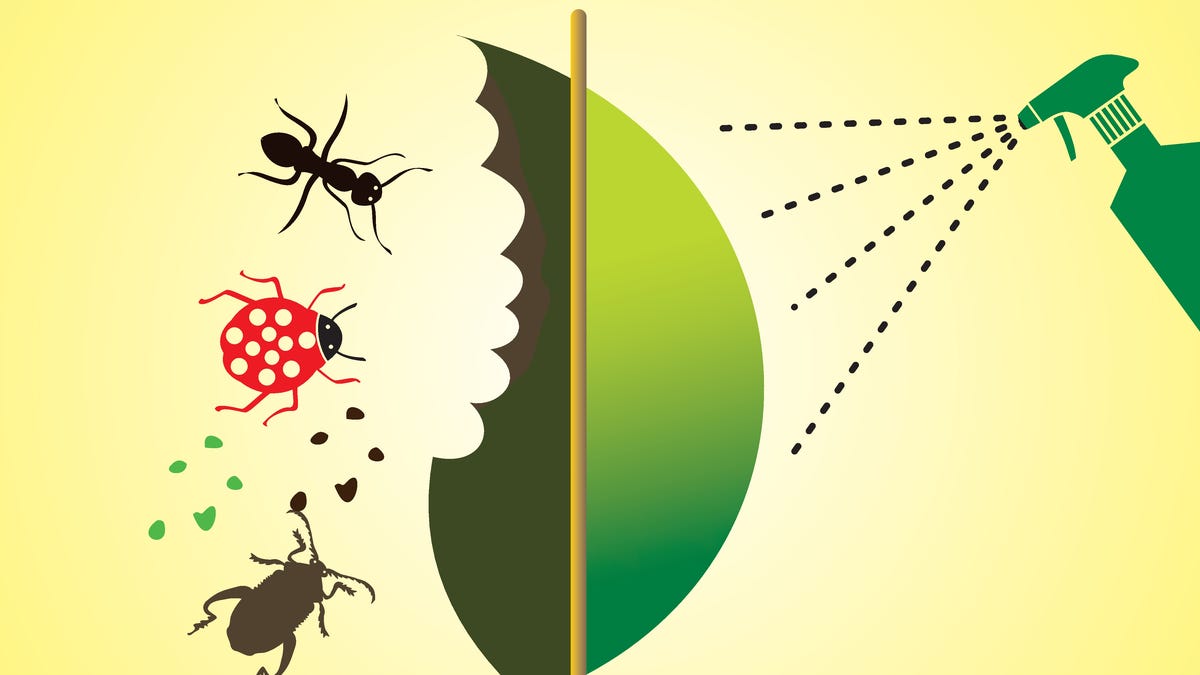Of all the veggies to come out of a home garden, fresh tomatoes are among the most commonly prized.
From big, juicy heirlooms to snackably sweet cherries, homegrown tomatoes come in a range of delicious possibilities and are easy enough even for beginners to grow — but certain practices can help ensure a more successful harvest.
With the growing season in full swing now, we asked the gardening experts at Michigan State University Extension to share a few of their top tips for home-grown tomatoes. Here’s what they shared, with more resources available at MSU Extension’s Gardening in Michigan site.
Choose the best tomatoes for you: If you haven’t yet planted tomatoes this year, know that your local greenhouse may have dozens of options, each with its own unique flavor and uses. Consumer Horticulture Educator Rebecca Krans says if you like eating fresh sliced tomatoes, go for a large, juicy variety like Beefsteak, Celebrity or Better Boy. If, on the other hand, you want to make tomato sauce, something like a Roma tomato is a better bet. “Indeterminate” varieties keep growing taller while continually producing fruit over the entire season; “determinate” varieties will have more concentrated fruit ripening, and require less staking and pruning because they only grow so tall.
Provide support: Once you’ve planted your tomatoes (in a spot with at least 6-8 hours of direct sunlight), give them some support, like a stake or tomato cage. If using a stake, loosely tie it to the plant’s main stalk using a material with some stretch so that it won’t damage or cut into the plant as it grows.
Remove suckers: Throughout the growing season, be sure to remove suckers (shoots that form at the spot where branches meet the main stalk) because these will sap energy away from the main plant. Consider pruning extra branches to promote airflow; this reduces the chances of disease and allows sunlight to reach developing fruit.
RELATED: Michigan gardening: 4 tips for the best veggie gardens in June
Don’t forget to mulch. Krans recommends adding three inches of organic mulch, such as shredded leaves or shredded hardwood bark, around each tomato plant. “This will not only conserve soil moisture, but also create a more even soil environment and cause less stress on the developing tomato plant,” she says.
Water carefully and consistently. Tomato plants should always be watered at the base of the main stem, not overhead. The soil should be kept evenly moist; don’t allow your plants to completely dry out. A drip irrigation system can be useful for this purpose.
Should you fertilize? The answer to this common question really depends on your particular soil. “It’s always best to get a soil test before fertilizing, so you know for sure what your soil may be lacking or have too much of,” Krans says. (MSU Extension provides soil testing kits for home gardeners online.)
Rotate your crops. Are insects and diseases always making a dent in your tomato harvest? Then it’s probably time to grow your tomatoes elsewhere. “Gardeners should always rotate their vegetables; that is, don’t plant tomatoes or peppers, eggplants or potatoes, which are all in the same family, in the same spot for at least three years,” Krans says. If you commonly have issues with certain diseases, choosing disease-resistant varieties can also help. Find crop rotation tips here.
Find more gardening advice at Michigan State University Extension’s Gardening in Michigan site.








